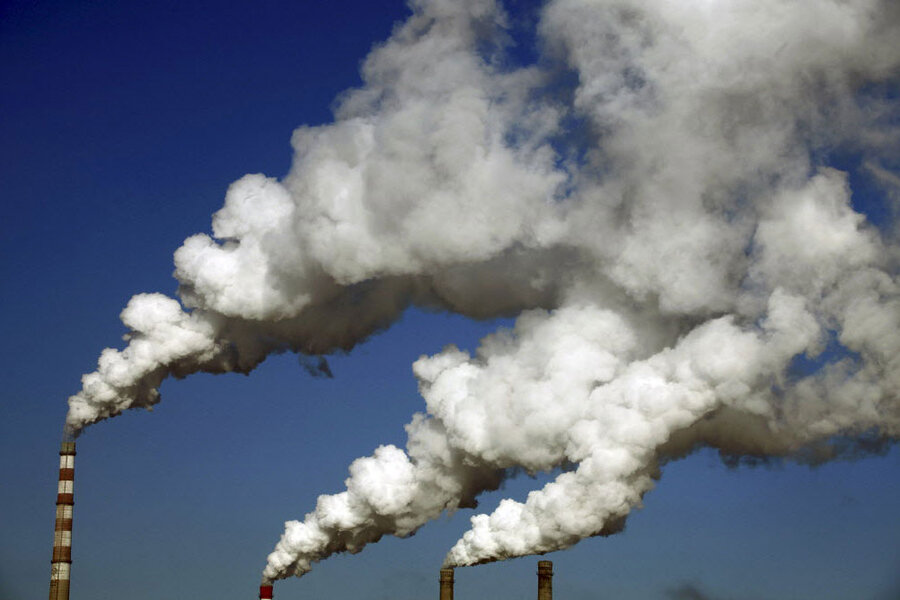China denies claims that the nation's emissions peaked in 2014
Loading...
China greenhouse gas emissions may have reached their peak in 2014, which means they are now either stable or in decline.
That’s generally good news, except that the country promised in a global warming pact signed in Paris last year, that it would cut emission over the next 15 years so that they would peak around 2030 and then start to decline. The fact that the country peaked much earlier suggests to climate advocates that the country may have set targets that are too easy to meet.
“China’s international commitment to peak emissions ‘around 2030’ should be seen as a highly conservative upper limit from a government that prefers to under-promise and over-deliver,” write economists Fergus Green and Nicholas Stern from the London School of Economics and Political Science in a paper released Monday.
Given these findings, China could face pressure to set more ambitious targets, US climate change envoy Todd Stern told Reuters in Beijing last week.
"It will be up to the Chinese government whether they increase their target, but there will obviously be a lot of international opinion looking forward to additional measures – whether it is China or anyone else," he said.
But Xi Fengming, a carbon researcher with the China Academy of Sciences, and the country’s climate change envoy, Xie Zhenhua, attributed the decline in emissions last year to an economic slowdown rather than an emissions peak, during a press briefing Monday.
Mr. Xie said that China’s target of "around 2030" took into account that the country is still in the process of industrialization and urbanization, as Reuters reports.
"You asked whether our emissions had peaked in 2014 – certainly not," said Xie. "In fact, our carbon dioxide emissions are still increasing," he said.
Economists point out that recent data show that China’s emissions were lower in 2015 than the year before. And they predict that if there is a future increase in emissions, it will be small. Under these conditions, the emissions peak would come by 2025.
It is possible that China’s emissions peaked in 2014, write the researchers, a year before the target to peak emissions by 2030 was actually announced in Paris. China pledged to peak by 2030 in a joint declaration with the United States in late 2014; it also agreed to try to peak earlier.
“Based on our analysis of likely future trends, we concluded that China’s CO2 emissions from energy – if they grow at all – are likely to grow much more slowly than under the old economic model and are likely to peak at some point in the decade before 2025,” write Mr. Green and Professor Stern.
China emitted very high levels of greenhouse gases during a period of rapid industrialization, between 2000 and 2013, when the country consumed massive amounts of coal to feed its economic boom. But that development has slowed in recent years, and China is using less coal and more renewables now.
Reduced coal use in China, in fact, is largely responsible for the decline of global CO2 emissions, reported scientists on December 2015 in the journal Nature Climate Change. According to their analysis, emissions declined even as the global economy grew, mostly because of China, but also because of declining demand for oil and natural gas.
In their December report, a group of international scientists projected that Chinese carbon emissions would fall by 3.9 percent in 2015, which beats the small rise of 1.9 percent in emissions the group estimated for the country in 2014, and, in comparison, the significant rise of 6.7 percent a year for the decade before that.
Globally, the authors estimated emissions declined by 0.6 percent in 2015, an improvement from 2014, when they increased by that same amount, and from the decade before that, when they grew by 2.4 percent a year.






